Collection Online
Portfolio
-
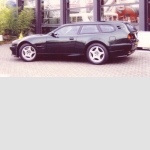
-
- Aston Martin V8 Vantage Shooting Brake, GB/CH 1999
The world’s fastest and most powerful ...
- Aston Martin Lagonda Ltd (1976), Manufacturer, archivalisch belegt
Roos Engineering LTD (1976), Engine manufacturer, archivalisch belegt
Design by Dante (1976), Designer/in, Carrossier, archivalisch belegt
- Inv. Nr. VHS-7621
- more
-
-
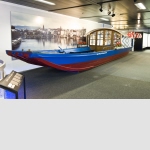
-
- Ferryboat “Vogel Gryff” of the Basel Klingental Ferry Service, built 1962
From Greater- ...
- Fähri-Verein Basel (Verein Freunde Basler Fähren) (1974), Model operator, archivalisch belegt
Johann Waldmeier AG Bootbau und Sport (1974), Model manufacturer, archivalisch belegt
- Inv. Nr. VHS-9157
- more
-
-
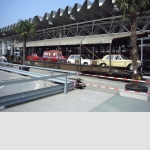
-
- Sdt 5085 9803 103-9 car transport wagon with protective roof, BLS, 1969
Faster to the south ...
- SWS Schweizerische Wagons- + Aufzügefabrik AG (Schweiz. Wagonsfabrik Schlieren, Schweiz. Waggonsfabrik AG) (1899 - 1985), Manufacturer
BLS Bern-Lötschberg-Simplon Bahn (1907 - 2006), Operator or user
BLS AG (*2006), Operator or user
- Inv. Nr. VHS-11935
- more
-
-
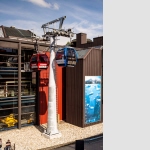
-
- Aerial cableway mast with two circulating gondolas, 2016
One means of transport conquers ...
- Garaventa AG, Manufacturer, archivalisch belegt
CWA Carrosseriewerke Aarburg AG (*1939), Manufacturer, archivalisch belegt
Doppelmayr Seilbahnen GmbH (*1939), Manufacturer, archivalisch belegt
- Inv. Nr. VHS-11948
- more
-
-
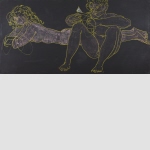
-
- Hans Erni (1909-2015)
Picture panel for the UNESCO exhibition, Zurich 1949
Hans ...
- Erni Hans (Pseudonym François Grèques) (1909 - 2015)
- Inv. Nr. HEM-424
- more
-

